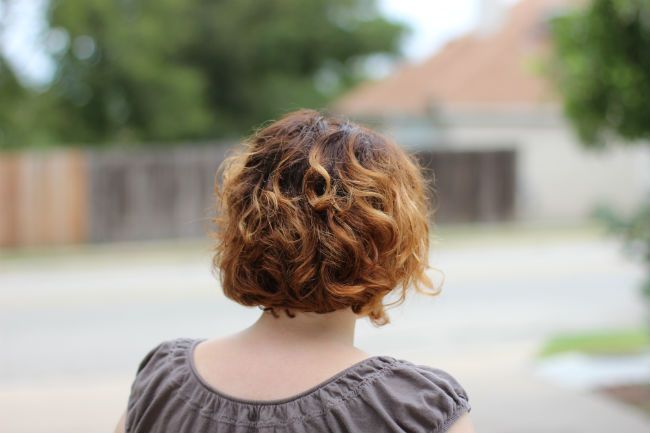
Over the last few years, it seems that every celebrity and fashionista has sported either ombré or balayage at some point. Beyoncé, Nicki Minaj, Jessica Biel, the Kardashian sisters, and even Amy from next door–the two hair trends have been highly requested by both the celebrity world and our own. And in some cases, clients request a mixture of both techniques, referred to as “color melt”. Do you truly know the difference between ombré and balayage hair color? Here, I’ll help you figure out the distinction.
What is Balayage?
According to West Coast Hair Design, Balayage (pronounced Bah-Lee-Ahj”> made its debut in the 1970s at the famous Carita Salon in Paris, France. Meaning “to sweep,” this technique was originally called Balayage à Coton due to cotton strips being used to separate the sections of lightened hair while processing.
The Balayage coloring process
According to certified master cutting and coloring specialist Tina Redd, the lightener is applied free hand and then foil, cotton strips, mesh sheets, and sometimes plastic wrap is used between each section to prevent bleeding. FYI: Properly applied balayage highlights should not bleed through. There is no foiling involved as there is in other hair coloring processes. The ultimate sun-kissed look is achieved by applying the lightener to the of each thin section with a sweeping motion towards the base.
Who should get Balayage?
Balayage is more noticeable on hair that has been smoothed with a thermal styling tool, whereas with ombré, the dramatic result of it is noticeable on both natural and thermally styled hair.
Alexis, hairstylist at Posh Salon, personally prefers doing balayage on her clients over ombré due to its natural look and low maintenance upkeep. “Balayage can be used to create many different looks, whether it’s a soft natural look–or if you are aiming for dimension.” This allows the client to go much longer in between retouch visits. This is a good option for those looking to change their look for a special event but not on a frequent basis.
What is Ombré?
Ombré has been used for hundreds of years in painting and in fabrics. However, as a hair coloring technique, it is fairly new. According to Scott J Salon, ombré derives from the French word “two-toned,” creating a darker root and an extremely lighter end. The end result gives you a “grown-out” look.
Who should get ombré?
If you want a more dramatic look where your roots and your ends are two different shades then ombré is for you. This style looks great with the movement of curls and waves so it works well for women who do not straighten their hair.
Do you really want a color melt?
Some stylists say that although many clients request ombré, they are really asking for “color melt”–a mixture of both of these coloring techniques, in which the balayage highlights appear as though they are melting into the lighter ends, creating a seamless ombré effect. If you want lighter ends but do not want a drastic difference between your ends and your roots, ask for a color melt.What if I don’t know what I want (yet”>?
Tina, who works with all hair textures, recommends a client and their stylist doing a strand test in the consultation to ensure the hair can even withstand one of these services. These coloring techniques work well on all hair types and textures if done properly. However, note that the same chemical is used in both techniques–therefore, there is no way around the damage. You can only replenish your hair by following up the coloring appointment with moisture and protein treatments.
Thinking of getting either color process? As with any product or technique, do thorough research. Make sure your potential colorist is familiar with working with your natural hair type, length, shade, and texture. These all play a factor in the end result.



